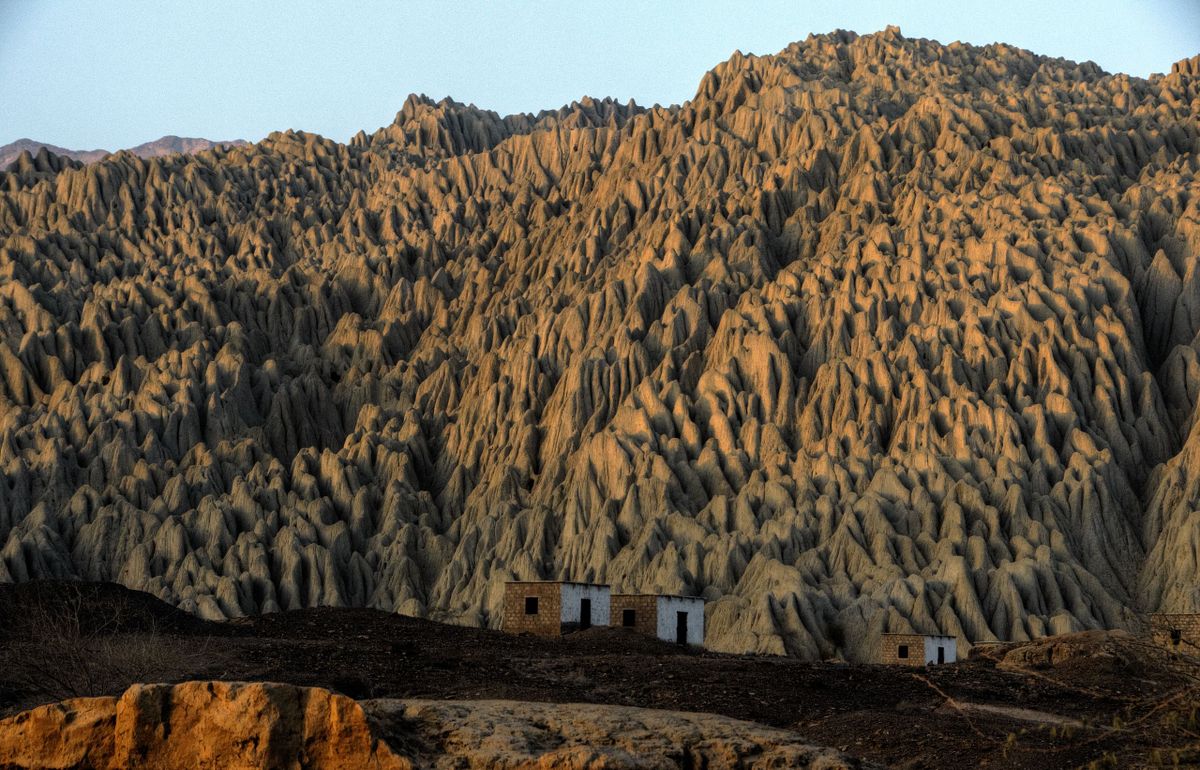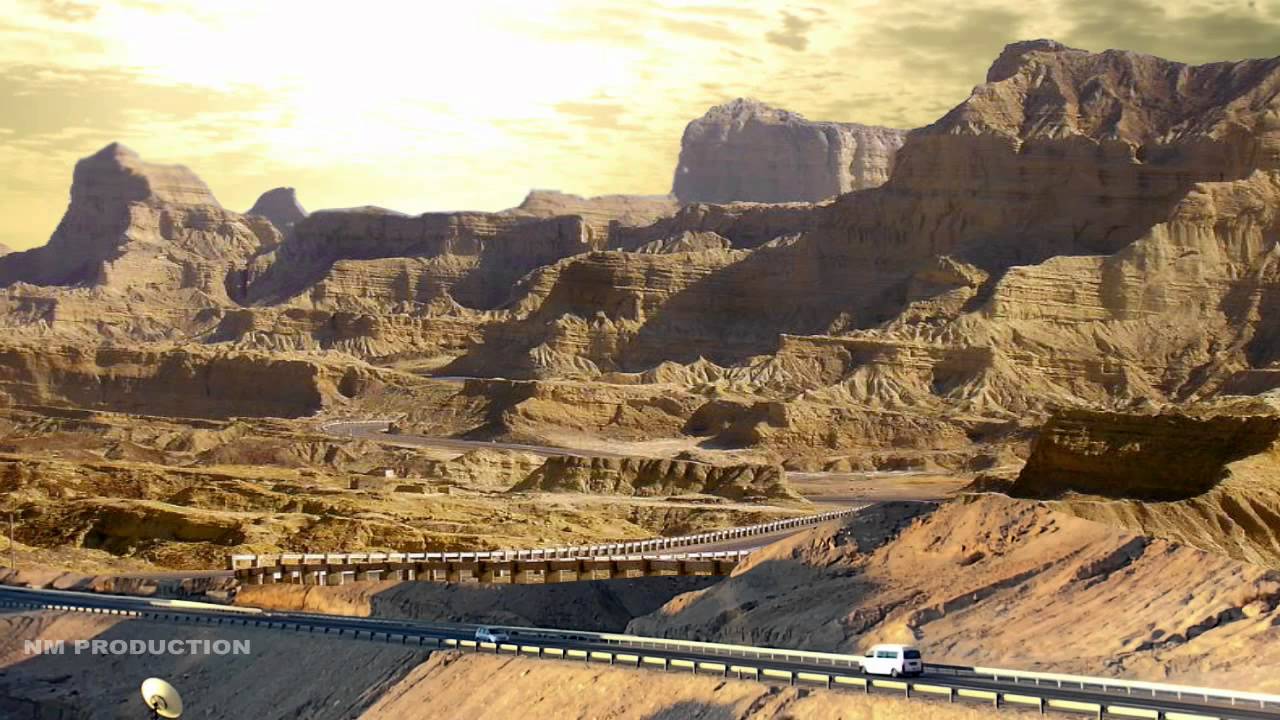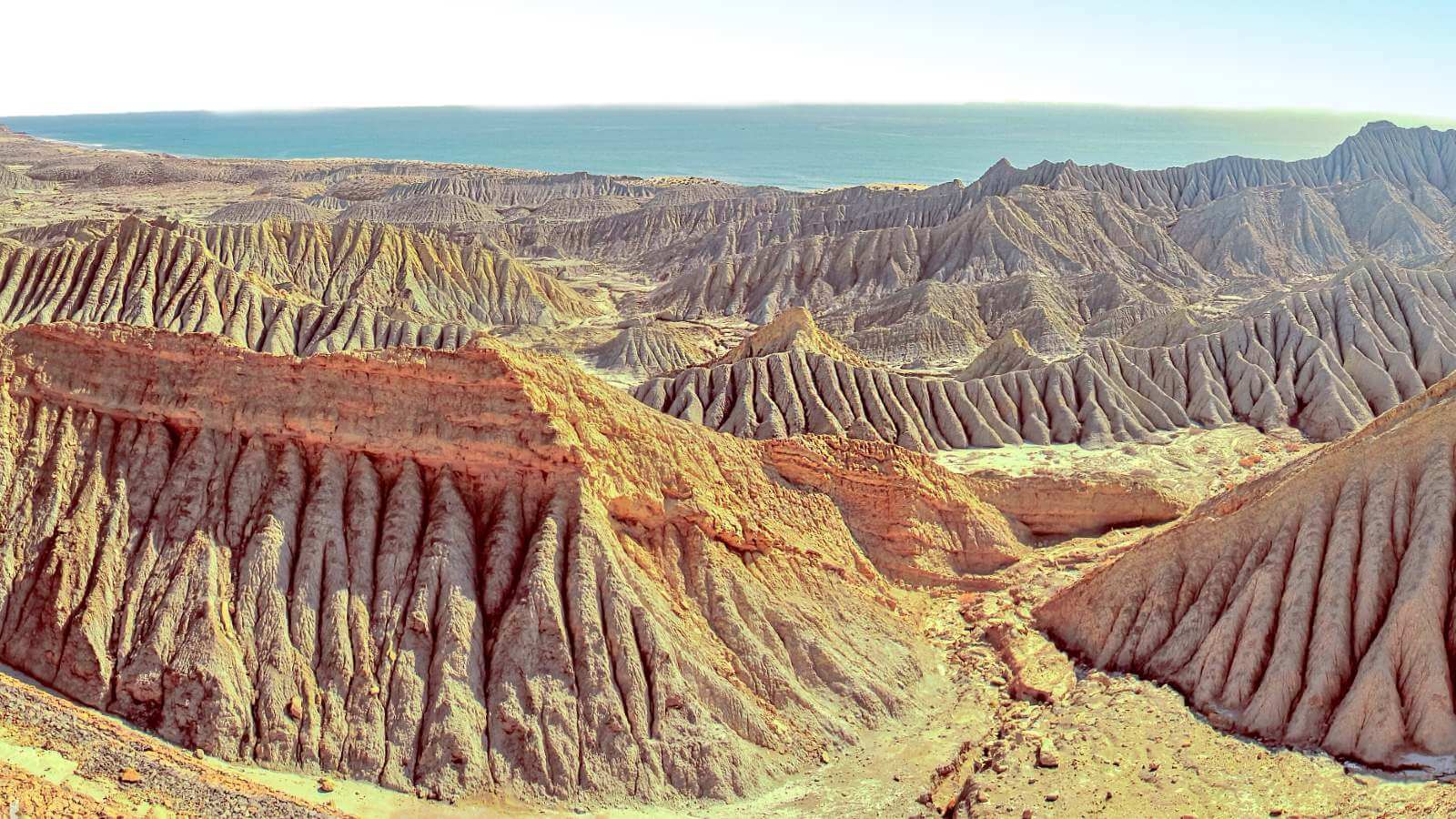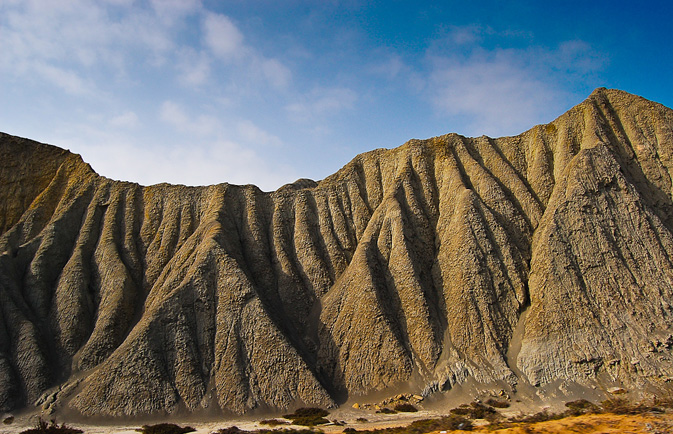Hingol National Park

Introduction
Hingol National Park is the largest national park in Pakistan, located in the Makran coastal region of Balochistan. Spanning over 6,100 square kilometers, the park is known for its stunning landscapes, diverse wildlife, and unique geological formations.
Historical Background
Established in 1988, Hingol National Park was created to protect the area’s biodiversity, natural rock formations, and cultural heritage. It has since become one of Pakistan’s most treasured eco-tourism sites.
Geography and Features
- Terrain: The park features a dramatic blend of mountains, deserts, river valleys, and coastline along the Arabian Sea.
- Landmarks: Home to natural wonders like the Princess of Hope and the Balochistan Sphinx, as well as sacred Hindu sites like the Hinglaj Mata temple.
- River: The Hingol River, the longest in Balochistan, flows through the park and supports a range of wildlife.
Wildlife and Biodiversity
The park is a haven for wildlife including ibex, Urial sheep, Indian foxes, golden jackals, and over 200 bird species. Marine life such as green sea turtles and dolphins can be spotted near the coast.
Ecological Significance
Hingol National Park plays a crucial role in conservation and climate regulation in the arid region of Balochistan. Its protected status helps preserve unique ecosystems and endangered species.
Quick Facts
- Established: 1988
- Location: Makran Coastal Region, Balochistan, Pakistan
- Area: Over 6,100 km²
- Notable Features: Hingol River, Princess of Hope, Balochistan Sphinx, Hinglaj Mata temple
- Best Time to Visit: October to March
Image Gallery




Hingol National Park
Location: Makran Coastal Region, Balochistan
Pakistan’s largest national park, offering breathtaking natural beauty, wildlife, and sacred sites like Hinglaj Mata.
Learn more